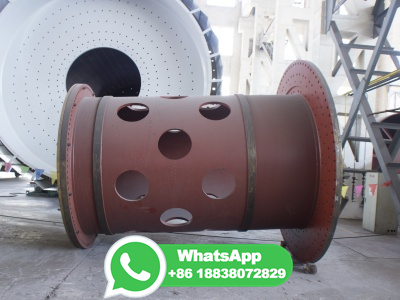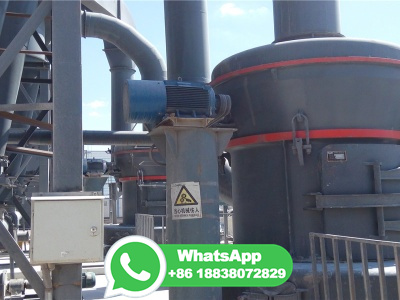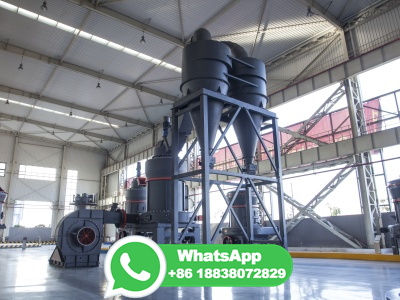
Hardening Oil quenching required. High Heat (Austenitizing) 1500/1550°F for 20 to 30 minutes at heat. Quench Quench in oil to 150°F . To minimize distortion, parts may be removed at 400°F then air cooled. Temper immediately following quench when material reaches 150°F or below. Tempering Minimum 400°F tempering temperature required.


Heat treating involves running material through a specialized tempering temperature in order to get that hardness and tensile strength to a certain range or point. This differs from the annealing process because the annealing temperature is chosen with softening the material in mind, not hardening it.


In tempering, the best method is to immerse the pieces to be tempered in the oil before starting to heat the latter. They are then heated with the oil. Tempering HighSpeed Steel. Heavy highspeed tools having wellsupported cutting edges (such as large planing or turning tools) are often used after hardening and grinding, without tempering.



The reason it is not specified for them, is that 301 has a more predictable work hardening rate in that range. 301SI was designed specifically for high temper appliions like springs, fasteners, washers, zippers, clips and clamps. Normal 301 has a maximum Silicon content of 1%, while 301SI has a minimum Silicon content of 1% and a max of %.


· Quench hardening is a mechanical process. In this process, the workpiece strengthened and hardened. These metals include ferrous metals and alloys, steel and cast iron alloys. The material is then usually tempered to reduce the brittleness that may increase due to the quench hardening process.


· After the hardening process described above, the part must be tempered properly to maximize the effect of the hardening. Depending on the alloy used to make the pin, any reputable shop can harden the part to your specifiions, or appliion. If you only harden and do not temper the piece, you greatly increase the risk of stress fracture.


Tempering Diagram 4340 typical values for 30 mm section 600 800 1000 1200 1400 1600 400 500 600 700 Tempering Temp (°C) Tensile Strength (MPa) 0 10 20 30 40 50 60 70 80 90 100 Elongation (A%), Red of Area (Z%) and Izod Impact (J) Izod Impact Tensile Strength Elongation Red. of Area Atlas Specialty Metals ThroughHardening Low Alloy Steel Bar 4340


· Hot rolled tool steels are often sold in what us known as a decarb free state, where, after final rolling, the surface is removed to the point where the material chemistry is as it should be. If heating in an oxidizing atmosphere, or in a furnace without atmospheric control (rarely found in the home shop, if ever) material may lose its ability to harden (at least on the surface).


forged, ascast, or hotfinished mill surfaces at time of heat treatment with all surfaces ... Forgings, castings, sheet, strip, plate, bar, rod, tubing, and extrusions with hotfinished surfaces at time of heat treatment and which will ... prohibited on parts that have been peened or thread or filletrolled after hardening and tempering.



Blue Tempered Spring Steel Eliminate Downstream Costs and Delays with PreTempered Spring Steel from Blue Blade Steel. Stamping and spring steel manufacturers have been using pretempered blue spring steel from Blue Blade Steel to produce a higher quality product while reducing costs and lead time for finished parts.


Blair operates three cold mills. These include a threestand, twohigh tandem mill that can roll material up to 15mm/.625" thick up to " wide in low carbon, high carbon, specialty and alloy grades. We also operate two tandem mills one is a twostand, twohigh temper mill and the other is a ... welded pipe/tube mills. Pickling ...


Having a thorough understanding of how quenched and tempered steel is produced and its material properties helps define how best to cut, bend and work the steel. At ShapeCUT, we have 5,000+ tonnes of steel in stock, including quench and tempered plate, and the technical knowhow and experience to craft it into any form imaginable.


· This article is about the difference between heat treatment, annealing, and tempering. The article explains the effects of annealing and tempering on the physical properties of metals, such as ductility, strength, and brittleness. Also explained are the methods for annealing and tempering, as well as the microscopic changes that heat treating causes.





Double tempering (recommended for dies) is simply going through the tempering process a second time. Tempering should be done as soon after hardening as is convenient. Do not quench after tempering. Harden 4140 at °F Oil quench Harden 4150 at °F Oil quench Harden 4340 at °F Oil quench. Temper to 440 to 480 Bhn, 45 ...




Wood milling cutters, reamers, broachers 56 58 Appliion >180 HRC Tools for: Bending, raising, deep drawing, rimrolling, spinning and flowforming 56 62 Tube forming tools, section forming rolls 58 62 Cold drawing / sizing dies 58 62 Compacting ... The dimensional changes during hardening and tempering should be added together ...


temper of the strip except in the heataffected zone.) Tube, AsWelded Tempers, WM—Tempers that result from forming and welding when producing tube. Tube, Welded and Annealed Temper, WO—Temper that results from forming, welding, and annealing when producing tube. Tube, Welded and ColdWorked Tempers, WH—


Hardened and tempered spring steel strip C50S, C55S, C60S, C67S, C70S, C75S, C80S, C75CR1, 51CRV4, 60Si2Mn, 420J2 heating treatment; cold rolled, annealed, hardened and tempered. material end used industrial of auto stamping parts, roller shutter door spring, building tools( putty knives, spatulas, trowels, scapers) and band saw blades. surface: polished bright or tempered blue edge: slit .




· Tempering is a heat treatment that improves the toughness of hard, brittle steels so that they will hold up during processing. Tempering requires that the metal is heated to a temperature below what's called the lower critical temperature — depending on the .


· Tempering the steel has the effect of hardening the cold rolled steel while at the same time helping to avoid the brittleness inherent in a simple heat and quench operation. To temper the steel, you have to maintain a close watch on the temperature that the steel reaches.


Hardening Temperatures. The temperatures for hardening depend on the carbon content. Plain carbon steels below % will not harden by heat treatment. The temperature decreases from approx 820 C to 780 C as carbon content increases from % up to %. Above % the temperature remains constant at 780 C. Hardening temperature same as that ...

إذا كنت مهتما في شركتنا أو المنتجات، ترحيب لزيارة شركتنا أو المكاتب المحلية. يمكنك أيضا الحصول على الاتصال معنا من خلال الاستشارات عبر الإنترنت، وتقديم الطلب الجدول، والبريد الإلكتروني والهواتف. موظفينا يجب بكل إخلاص تقديم معلومات المنتج، تطبيق المعرفة و خدمة جيدة بالنسبة لك.
Copyright © .CNمحطم All rights reserved.Sitemap